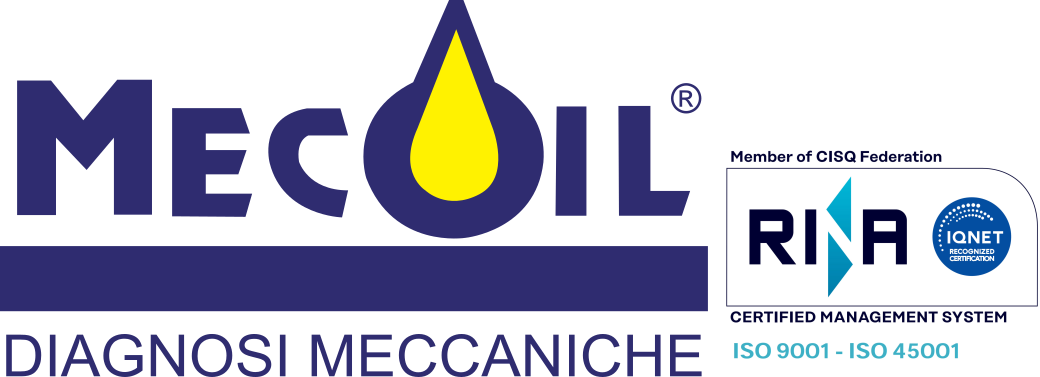“However, with a little effort, we can picture the improvement of our company’s level of quality and operational efficiency!”
During this new appointment in the field of lubrication and its possible improvements, with the goal of achieving excellence, we will talk about the “contamination” of the current procedures that are popular in many Italian plants, as well as some technical and cultural inputs that may arise from our collaboration with the Noria group. Let’s say that the Italian route to reach an “Optimum Reference State” will not be quick or easy to achieve; but this type of commitment – whatever new level is reached – will be rewarded with economic and safety benefits.
Premise
Many of the issues tied to reliability and performance that we face daily originate from habits rooted in environments that have little exchange of skills and cultural input. With the mindset of “not wanting to change a winning team”, if an industrial sector works well, with not excessive daily issues, it tends to close in on itself, avoiding the use of external personnel or extra skills. Over time, this leads to an inevitable drying up of (albeit remarkable) internal professionalism. The dramatic reality of this economic crisis, which is no longer “conjunctural”, leads to further contractions in expenditure that are deemed “superfluous”, very often cutting horizontally without too much discretion for many of the costs associated with Training, which are seen as not strictly necessary.
The same Preventive Maintenance on a cyclical basis is now (rightly) considered a sometimes excessive cost, and the fruits of the redundancies brought by such an approach are not easy to quantify. A request to “cut” expenses inevitably brings down current strategies, preferring the risk of “failure” rather than the certainty of “Prediction” with the diagnostic tools that are available today.
Let’s try to analyze the stimuli (so-called “drivers”) that can rekindle the attention of a technician towards types of managerial efficiency, which are not necessarily expensive. In this regard, usually only “direct costs” are taken into consideration as a discriminating element when it comes to choosing between different maintenance strategies, sometimes including human motivations (intellectual challenges) which, if validly supported, can mature into large-scale projects, with very limited economic commitments.
Granting managerial autonomy in a limited financial field, during a “spending review” period with unchanged costs, can be a rewarding challenge for the current maintenance staff, which also brings short and long-term behavioral benefits in that working environment. The rationale behind the design of industrial machinery has among other purposes the search for optimal performance, including operational safety aimed at greater productivity.
Similarly, it is the intention of Noria’s O.R.S. project (which we would also like to be your challenge for improvement) to promote a wise management of lubricating oil charges, through a process of engineering of the procedures related to lubrication.
A preparatory step should be to provide the definition (through appropriate technical documentation) of the optimal levels of the “operating conditions” of said fluids. For this purpose, it is essential to recognize the skill levels of the staff, as well as the situation of the assets and their “maintainability”.
To achieve certain levels of reliability (in view of an optimized management in the field of lubrication) it is in many cases necessary to radically intervene at the root of certain critical steps. Among these, for example, we find the situation of the filtering systems of a certain machine. It is not conceivable to think of achieving certain levels of fluid cleanliness (desirable and perhaps even intended from the machinery manufacturer) without installing excellent filtering systems with all possible modifications, derivations, etc.
An undersized filter (at flow level) or one that is too “forced” into the “Beta” efficiency level can create significant clogging issues, leading to frequent repairs or, at worst, to the opening of the bypass valve, which completely undermines the benefit of this application. At the same time, you cannot expect to get a representative oil sample (and consequently a certificate that can be useful in Predictive analysis) without installing the appropriate sampling points on the circuit in a timely manner.
Some tactics to deal with the O.R.S. Project:
If we examine the possible influence of lubrication in terms of reliability and maintenance costs in an analytical manner, some obvious focal points will come to mind. Some of these “nodes” that are very often traditionally rooted in the managerial procedures of the plant (see Pareto) represent over 80% of the resulting costs. Hence the need to properly set corrective strategies, useful to achieve the desired Optimum Reference State.
Let’s start by identifying the main factors connected with the Lubrication procedures, which we can label as:
- Parameters that affect the actual level of reliability and performance of a given asset, including: non-production, quality downgrade of produced goods, machine downtime, loss of efficiency…
- Maintenance costs: labor costs, spare parts, consumables, disposal, etc.
- Lubricant costs; unit cost (liter/s) and average annual consumption, per item, per department, etc.
- Filtration costs: prices for individual cartridges and their average annual consumption.
- Security costs: profits and losses account of direct and indirect costs for any personal injury and related risks.
- Costs related to environmental risks, consequences of any harmful emissions, lower energy efficiency, any spillage or contamination of the process.
G. Adriani, M. Campatelli
From the magazine “Manutenzione” April 2013 edition (source O.R.S. by Noria)
